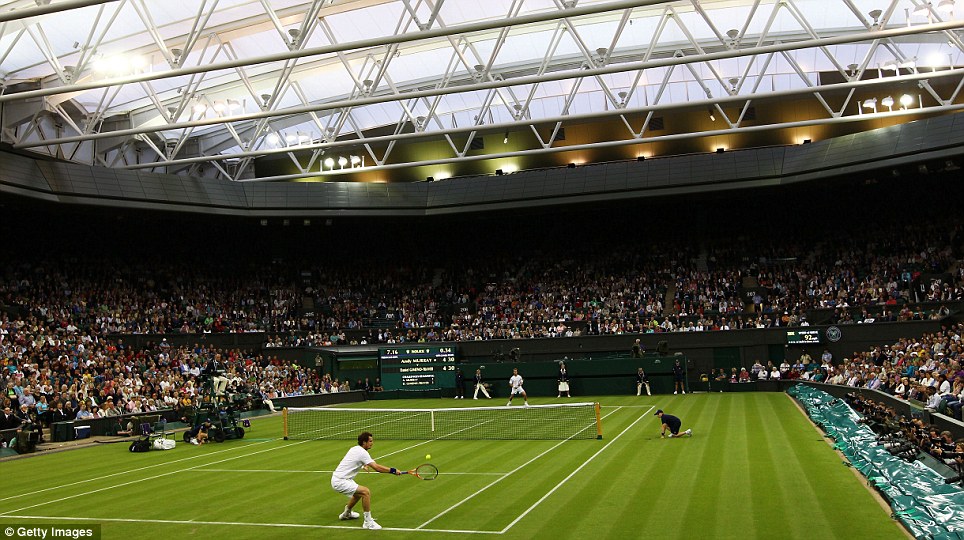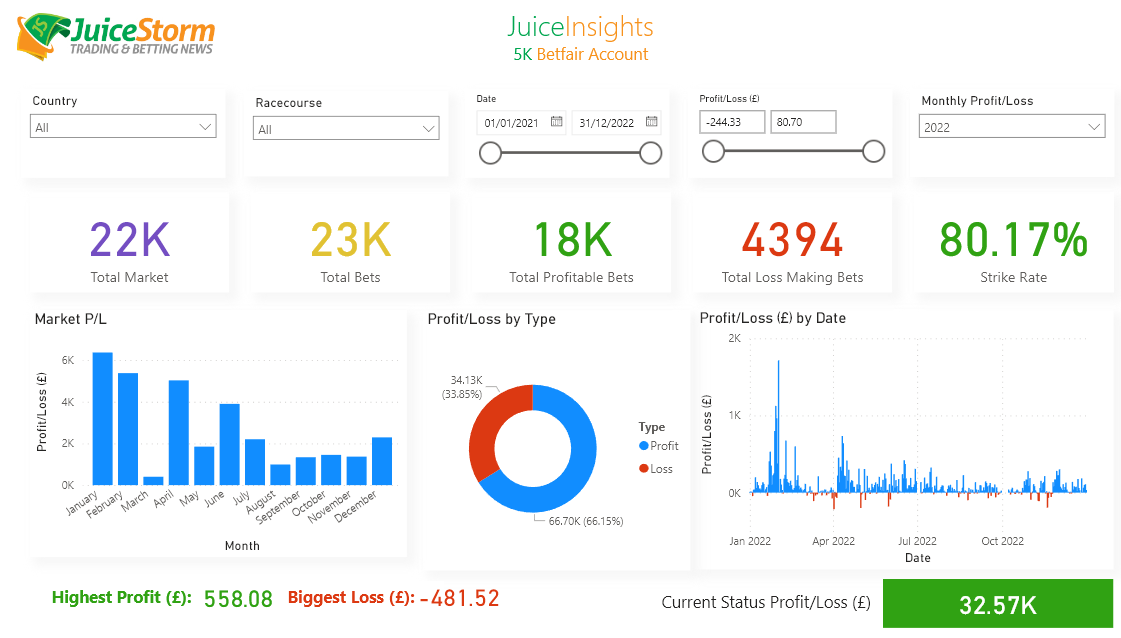Latest posts by Tennis Purist (see all)
- Trading Grass Court Tennis - May 29, 2018
- Rome Challenger & Madrid WTA Match Previews - May 9, 2018
- Munich & Istanbul ATP Tour Match Previews - May 5, 2018
As we end June that means just one thing for tennis traders….the grass court swing is upon us!
Over the past 6-8 weeks players have become accustom to the slow, high bouncing European clay courts, now as we approach the British summer, they will start to transition their games to the fast, unpredictable nature of the grass. With the two surfaces differing so drastically, this is a challenging period for players.
Main differences between clay courts and grass courts
Surface Speed
Clay courts are made from crushed brick and shale, making them very dense and thus slower. Grass courts are made from a mixture of grass compositions, making them far less dense and thus quicker. Put in perspective, when a ball bounces on a clay court it retains just 57% of its initial speed, whereas on a grass court it maintains 70% of it’s initial speed.
Bounce
Clay courts are much harder than grass courts, and will produce a higher bouncing ball.The softer soil and slightly uneven surface of the grass will make the ball bounce lower and skid more.
Movement
On clay courts, the crushed brick composite forms a thin debris layer on the surface making traction difficult, this is why you will often see players sliding into shots. Grass courts are more slippery, caused by dew and a wearing down of the top surface layer, players will often wear pimple-soled trainers to aid with grip.
What playing styles suit grass the best/worst?
Traditionally players with big serves and attacking ground strokes have the best win % on grass, the quicker surface makes it far easier for them to win free points on their serve, dictate rallies and hit more winners.
On the flip side of this, traditionally players who who have weaker serves and like time on the ball have the poorest win % on grass, they win fewer free points on their serve and their more passive playing style results in them being dictated to and rushed into errors. More often than not, players who play a large majority of their tennis on clay fall into this category.
How does trading grass court tennis differ from trading on other surfaces?
The main difference between trading a match being played on a grass court is that there will be less breaks of serve than on other surfaces, so actually you can be far more aggressive with your exit strategies. For example, if you placed a lay bet on the server at 0-40 and he/she gets broken, on other surfaces you may well ‘hedge’ for equal green immediately, or at least reduce some liability just in case there is an immediate break back the following game. On grass however, because the likelihood of getting broken is far less, you may well chose to wait until the player who just broke serve holds their serve the following game, before ‘hedging’ or reducing liability, resulting in a more profitable exit position.
Another element that is extremely important to consider when trading on grass court matches is the weather. Hot, sunny weather will dry the grass out very quickly, and will drastically increase the speed with which the ball travels off the court and through the air. Cloudy, colder weather will have the opposite effect, and slow conditions down fairly dramatically. If you are looking to open a trading position pre-match it is certainly worth checking the weather forecast, as warmer conditions will give more aggressive, attacking players a further edge, whereas cooler conditions can act as a bit of a ‘leveller’ for more passive players.
What does the grass court calendar look like?
The grass court swing lasts 6 weeks, and encompasses the following ATP and WTA events.
Week 1: 12-18 June
Mercedes Cup, Stuttgart, Germany – ATP
Ricoh Open, s-Hertogenbosch, Holland – ATP & WTA
Aegon Open, Nottingham, England – WTA
Week 2: 19-25 June
Aegon Championships, London, England – ATP
Aegon Classic, Birmingham, England – WTA
Mallorca Open – WTA
Gerry Weber Open, Halle, Germany – ATP
Week 3: 25/26 June – 1 July
Antalya Open, Antalya, Turkey – ATP
Aegon International, Eastbourne, England – ATP & WTA
Week 4 & 5: 3-16 July
Wimbledon, London, England – ATP & WTA
Week 6: 17-23 July
Hall of Fame Open, Newport, USA – ATP
What Next?
Follow Tennis_purist (Pete) as he gives his Daily Tennis Trading Previews or ask him a question on Twitter
Get the right software for trading Tennis, check out BetTornado or BetTrader.





